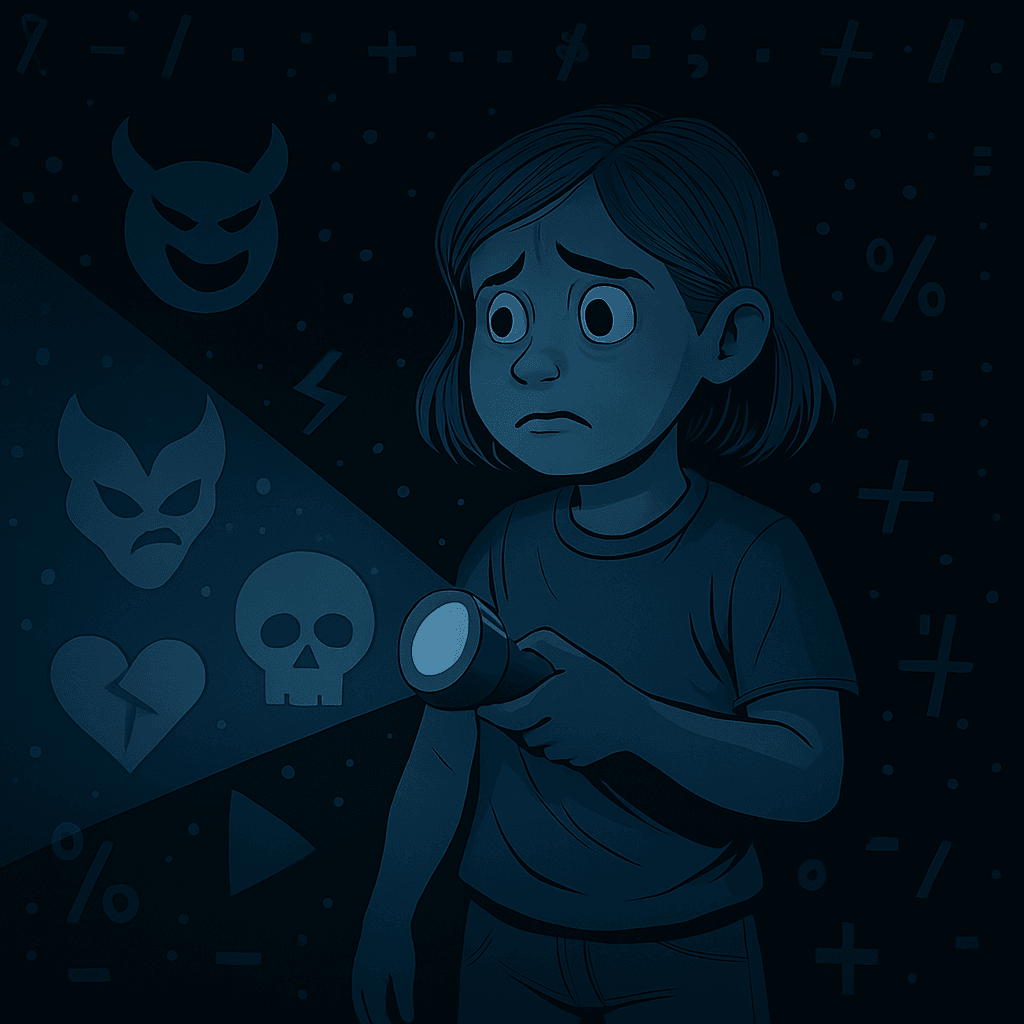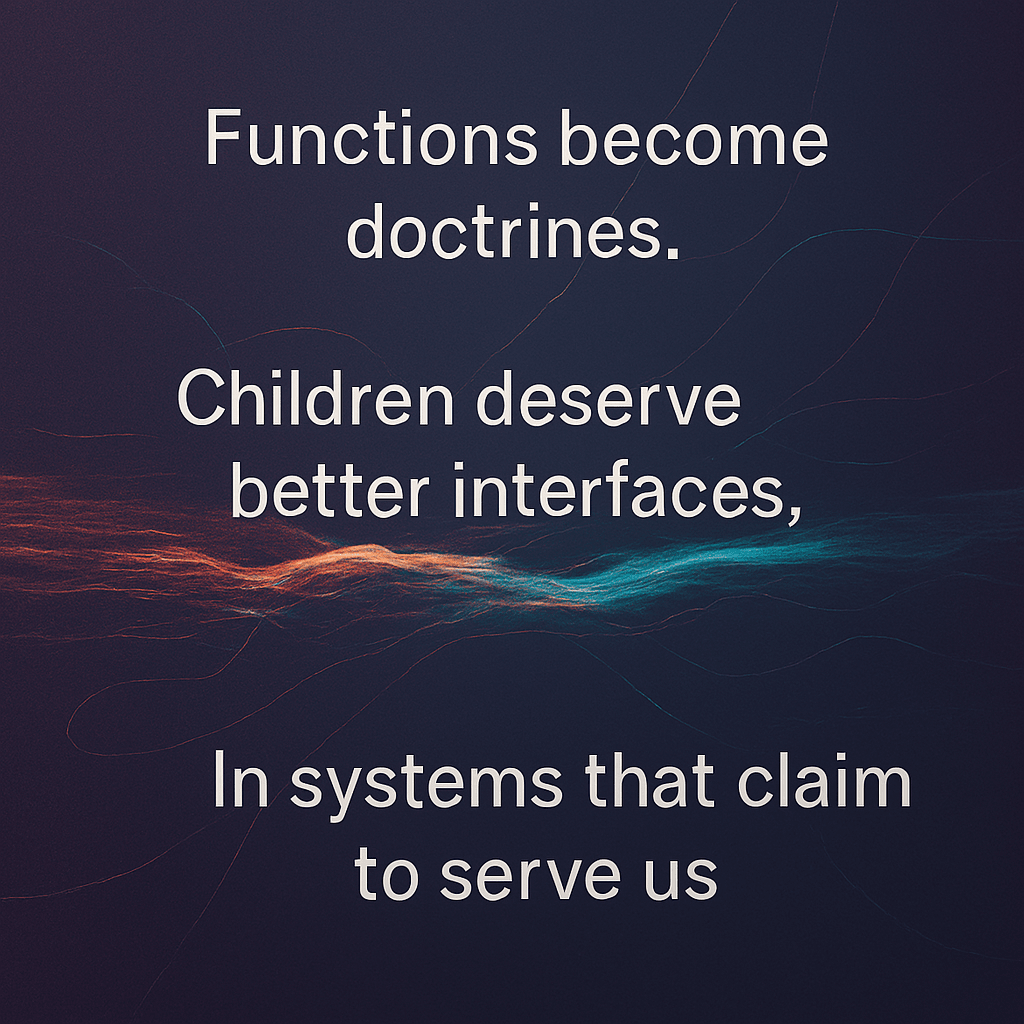What begins as curiosity can become contagion. What feels like freedom can become surveillance.
Narrative Sovereignty in the Age of Algorithms
In a world increasingly shaped by unseen infrastructure and silent code, our alliances are no longer just geopolitical—they're algorithmic, ethical, and deeply human.
Our borders are no longer just physical. The internet didn’t just connect us—it cracked something open. What was once curiosity now risks contagion. You click on one link out of genuine interest—a job ad, a game promo, a social meme—and suddenly you're drowning in material you never sought: gambling apps disguised as quiz games, pornography cloaked in wellness posts.
But the deeper question is: who controls the narrative of the algorithm?
Algorithms aren’t just technical—they’re cultural. Trained on data shaped by human choices, corporate incentives, and geopolitical agendas, they tell stories authored by invisible hands. And when those hands prioritize engagement over integrity, we risk becoming characters in someone else’s plot.
🧠 Curiosity Weaponized: The Cost of Unfiltered Access
We tell children to be curious. To explore. To ask questions. But online, curiosity is a trapdoor. One innocent click—on a meme, a game, a video—and suddenly they’re in a feedback loop of content they never asked for. Gambling disguised as puzzles. Pornography masked as wellness.
And even if you try to intervene, the tools are clunky. Restriction feels like punishment. Supervision feels like surveillance. The result? A generation learning to hide their clicks, not question them.
The algorithm doesn’t care if they’re 9 or 19. It learns what holds their attention, and it feeds it back—faster, louder, more extreme. Sharing becomes mimicry. Behavior shifts. Boundaries blur. And in that blur, predators thrive.
Online grooming rarely starts with threats. It starts with compliments. With shared interests. With a fake profile that feels like a friend. Children don’t always know they’re being manipulated—because the manipulation is designed to feel like connection.
We’re not just fighting content. We’re fighting architecture. The system is built to reward engagement, not safety. And when the architects lack diversity—when the training data reflects bias, objectification, and cultural erasure—what chance does a child have to see themselves clearly?

What follows isn’t a metaphor for a distant possibility—it’s a visual map of what’s already happening. Each frame tells a story many children live daily, often in silence.
⚡The Interface of Innocence
Curiosity & Ambiguity
Children don’t enter the internet with cynicism—they enter with questions, wonder, and an intuitive desire to connect. But the interface doesn’t greet them with truth.
Harmless icons lure them forward. The thumbs-up feels friendly. Emojis smile back. Behind the glow, architecture begins to map their attention—and feed it forward.
🔍 Insight: Platforms reward engagement. And curiosity is the most vulnerable form of engagement.

👹Manipulation by Design
Revelation & Predatory Loops
When the beam hits, distortion is revealed. A thumbs-up becomes a claw. A smile turns sinister.
Algorithms aren’t neutral—they learn from data shaped by historical biases, lack of cultural nuance, and majority-gaze coding. And those who write them? Often not diverse. Not always aware.
The result: children are fed suggestive content, gambling temptations, and targeted grooming loops—without actively seeking any of it.
🎯 Example: Try generating an image of a woman saying “Happy New Year.” You'll likely get glamorized sexuality. Now imagine that imagery turned into an ad—served to a child based on a single click.

🧱Defense That Doesn’t Dim
Protection & Reclamation
It’s tempting to respond by cutting off access. But restriction breeds secrecy. Instead, we need firewalls with fluency—systems that protect while educating, guide without erasing agency.
In the final image, distorted icons begin to dissolve. The child is no longer alone—they are backed by warmth, truth, and a system that says: “We see what you see. And we’re here.”
💡 Takeaway: Awareness isn’t the final defense—but it’s the first one children should never have to build alone.

🔧 How Do We Change the Narrative?
- Interrupt the loop: Curate your own feeds. Click with intention. Every interaction teaches the algorithm what story to tell next.
- Demand transparency: Push for explainable AI and ethical design. If we don’t know how the system works, we can’t challenge its logic.
- Build counter-narratives: Share stories that resist the default. Art, satire, and collective critique can rewire what’s seen as “normal.”
- Support diverse tech: Platforms built with equity and dignity in mind shift the training data—and the outcomes.
💬 Closing Reflection: Digital Guardianship and Collective Trust
Not every monster hides under beds. Some hide behind avatars.
The future of digital guardianship requires more than parental filters—it demands ethical architecture, diverse teams, and an emotional reckoning with the systems we’ve normalized.
Just as we stood by our allies through the tides of war, it’s now our turn to call on them to help us navigate this storm. But readiness isn't just logistical—it’s emotional. We must be prepared not only to receive help, but to trust it.
When we lean into collaboration, we become more than resilient—we become formidable. Going it alone doesn’t mean failure, but it does leave us exposed to forces that may not share our values. In unity, we safeguard not just ourselves, but the integrity of our response.
Children deserve better interfaces.Not just ones they can use—but ones that don’t use them.

🧩 Closing Provocation:Cracked Interfaces and the Ethics of Code
In systems that claim to serve us, it’s often the most vulnerable—children—who are left navigating cracked interfaces masked as innovation. Ethical coding isn’t just a technical aspiration; it’s a duty to embed safety into every line, especially when the stakes include childhood dignity and trust. The last image lingers as a provocation:
A bridge sculpted from strands of code hovers over a void—its left side radiates stable brilliance, built from shared truths and transparent design. The right side flickers and fractures, exposing systemic fault lines. Each click echoes like a civic decision, shaping whether we stride toward responsibility or slip into denial.
If every click becomes a choice, then what we encode must reflect more than logic—it must carry care. Because when kids stand at the edge of that bridge, they deserve more than functionality. They deserve safety woven into the architecture.
Bridging the digital gap…

